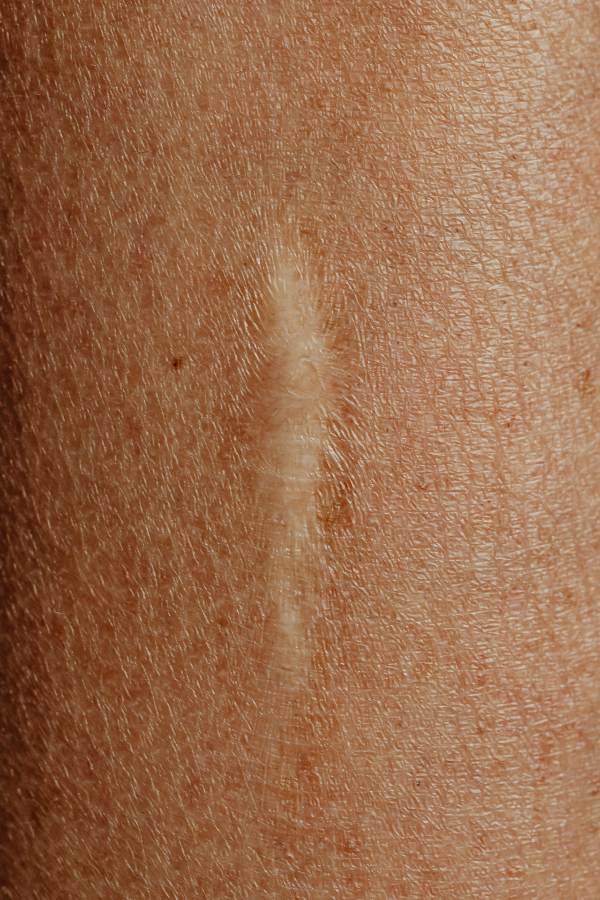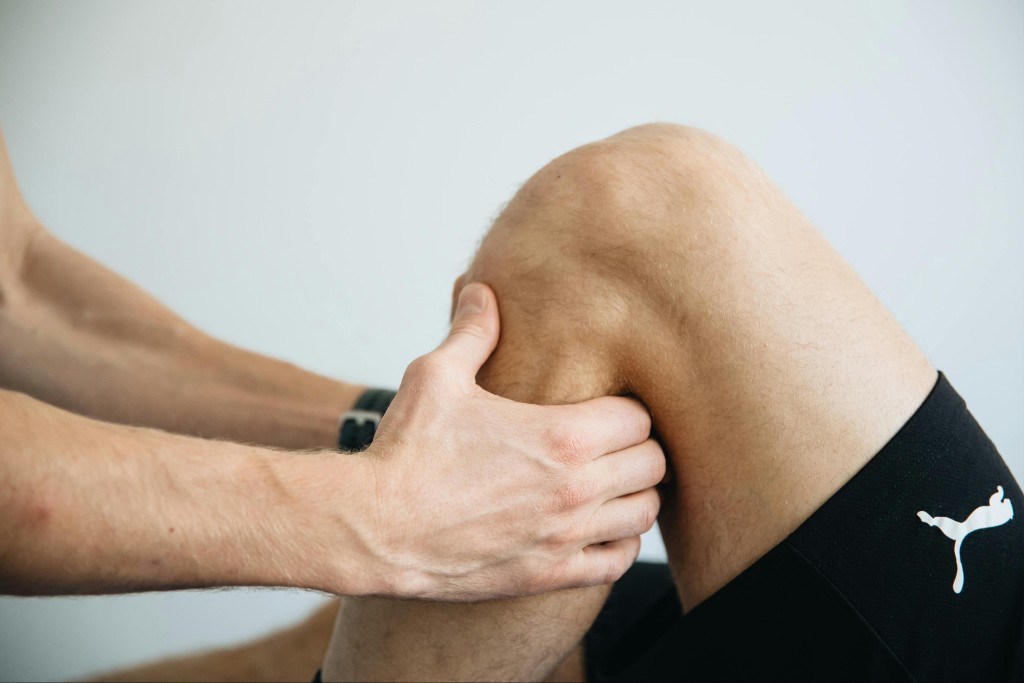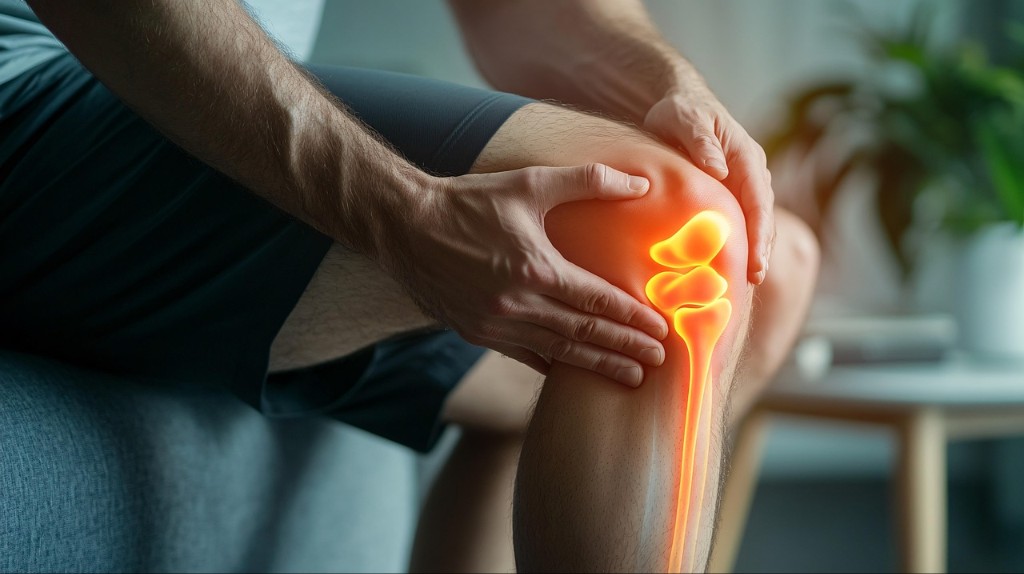Whether you’re dealing with chronic pain or recovering from an injury, you may be considering shockwave therapy as a non-invasive treatment option. Shockwave therapy is a great way to avoid medications with uncomfortable side effects or more invasive procedures like surgery while still reaping the benefits of significant pain relief. This treatment is most commonly used for reducing pain and promoting healing in a variety of health conditions and injuries to the musculoskeletal system, including bones, tendons, ligaments, and muscles.
But before getting shockwave therapy you may be wondering what it feels like and what to expect on your first visit.
How Shockwave Therapy Works
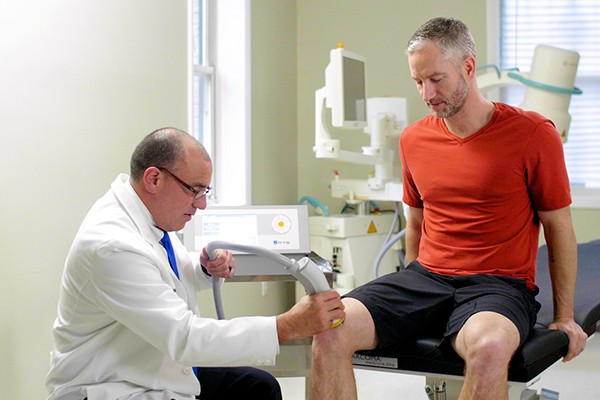
Shockwave therapy involves a hand-held or portable device that sends shockwaves through the skin to target tissues deep inside the body. Shockwave therapy doesn’t make any incisions or require any kind of anesthesia. Instead, a healthcare provider operates the shockwave therapy machine, a wand-like device, by placing the tip against your skin. Shock waves get transmitted through the tip of the device to address the specific area that needs attention.
When these shockwaves enter the body, they kickstart your body’s natural healing mechanisms. Shockwave therapy helps get more blood and oxygen to the damaged or injured area so healing can begin. This type of non-invasive treatment also encourages regeneration and new growth of blood vessels and more healthy tissue.
New Patient Special
Try SoftWave for just $69 at a clinic near you. No drugs. No surgery. Just relief.
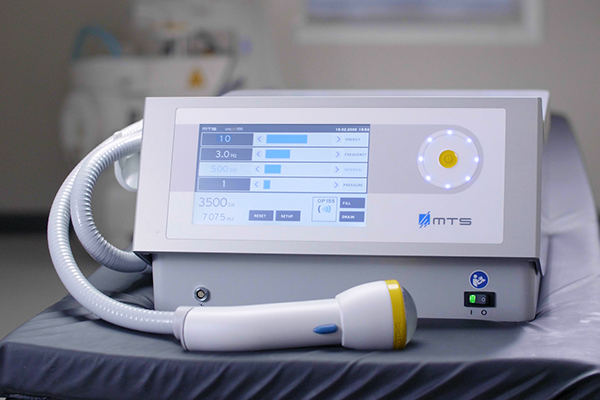
Can Shockwave Therapy Cause Pain During or After Treatment?
While some patients report some mild discomfort during the treatment, most do not experience any pain or side effects at all. If you do experience any discomfort during shockwave therapy, it is more likely to occur if the injury or health condition occurs closer to the bone. However, the shockwaves themselves do not cause any pain and instead have been described as a “fluttering” or “pulsing” sensation.
What to Expect with Shockwave Therapy Sessions
The process of getting shockwave therapy typically involves the following steps:
- Consultation: You will first meet with a healthcare provider, such as a chiropractor or physical therapist, to discuss your symptoms and medical history. They will determine if shockwave therapy is an appropriate treatment option for you. Find a trusted provider near you
- Preparation: Depending on the area being treated, you may be asked to remove certain items of clothing or wear a gown. You will then be asked to lie down on a treatment table.
- Treatment: The healthcare provider will use a handheld device to deliver high-energy sound waves to the affected area. The device will be pressed against your skin, and you may feel a tapping or vibrating sensation. The treatment typically lasts 15-30 minutes.
- Recovery: Shockwave therapy is a non-invasive treatment, so there is no downtime required. You can resume your normal activities immediately after the session.
It is important to follow your healthcare provider’s instructions and attend all recommended treatment sessions to achieve the best possible outcome.
Common Reasons for Shockwave Therapy
The most common reasons for getting shockwave therapy include managing chronic pain, dealing with a health condition, or treating a recent injury. Shockwave therapy promotes tissue regeneration to help address damaged muscles, ligaments, tendons, or other tissues that might be causing you pain. These broad-focused shockwaves spread energy to large and deep areas of tissue to promote greater healing. From back and neck pain to joint pain to sports injuries, shockwave therapy has been known to provide a great solution for non-invasive treatment.
Treatment and Recovery Timeline
The average shockwave therapy treatment session lasts 15-20 minutes, and many patients report relief after their first session. Each person’s treatment plan for shockwave therapy will depend on your specific needs and reasons for treatment, so you can expect a personalized plan of care. If you do experience any kind of discomfort after the treatment, it is generally temporary and resolves on its own within a short period of time.
Does Shockwave Therapy Have Other Side Effects?
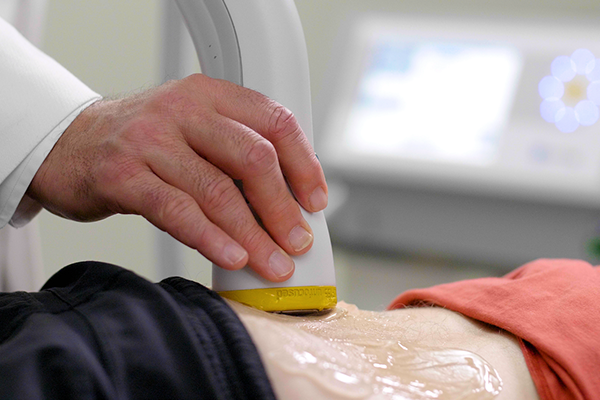
Shockwave therapy has been used for decades in the medical field for a variety of health conditions and treatment plans. This type of non-invasive treatment is considered a safe and effective treatment option for many issues, including chronic pain. The only other side effects people report after shockwave therapy include mild discomfort or soreness after treatment. Some people note that this feels like a dull tingling or throbbing sensation that goes away on its own.
These types of experiences after shockwave therapy are considered normal and typically short-lived. You should always talk to your doctor if you have any questions or concerns about your treatment and what to expect in terms of pain, soreness, and relief.
New Patient Special
Try SoftWave for just $69 at a clinic near you. No drugs. No surgery. Just relief.

Shockwave Therapy Aftercare: What to Do and What to Avoid After Shockwave Treatment
Shockwave therapy treatment takes only a short period of time and the recovery period is mild, especially compared to other more invasive treatment options. After shockwave therapy, your doctor may recommend you drink lots of water and stay hydrated.
While you can certainly rest after a shockwave therapy treatment session, you also do not have to avoid daily activities or routines. Part of the body’s natural healing process is promoting a healthy flow of blood and oxygen to the damaged or affected areas, so moving around and getting your heart rate up certainly won’t impede the healing process. Furthermore, your doctor may also recommend specific activities to engage in that may help support the healing process, like physical therapy for injury recovery.
If there are specific activities you should avoid after shockwave therapy treatment, your doctor will talk to you about those. In general, you can go about your regular routines and may just need to avoid strenuous activity immediately after treatment.
Book an Appointment with SoftWave Today
SoftWave therapy is an advancement of shockwave therapy using innovative tissue regeneration technologies that result in little to no side effects. When you get SoftWave therapy for your shockwave treatment, you may not have any side effects or notice any pain or discomfort after the treatment. In fact, many people who get SoftWave therapy get to enjoy a short treatment time, a quick recovery, and long-lasting results.
If you’ve been considering shockwave therapy, experience the SoftWave difference for yourself:
- Effective, trusted, and proven to provide lasting relief
- Can take as few as 10-15 minutes per therapy session
- Does not require any anesthesia or numbing agents
- Can produce results faster than with other, more traditional, or more invasive treatment techniques
- Patients report little to no discomfort during treatment. The tingling or pulsing sensation typically lasts for just a few seconds, and patients of all ages tend to tolerate this type of treatment very well.
With multiple locations and available healthcare practitioners across the nation, you can easily find a SoftWave Clinic near you. Get started today and experience the SoftWave difference for yourself!
New Patient Special
Try SoftWave for just $69 at a clinic near you and learn if you’re a candidate for full treatment


